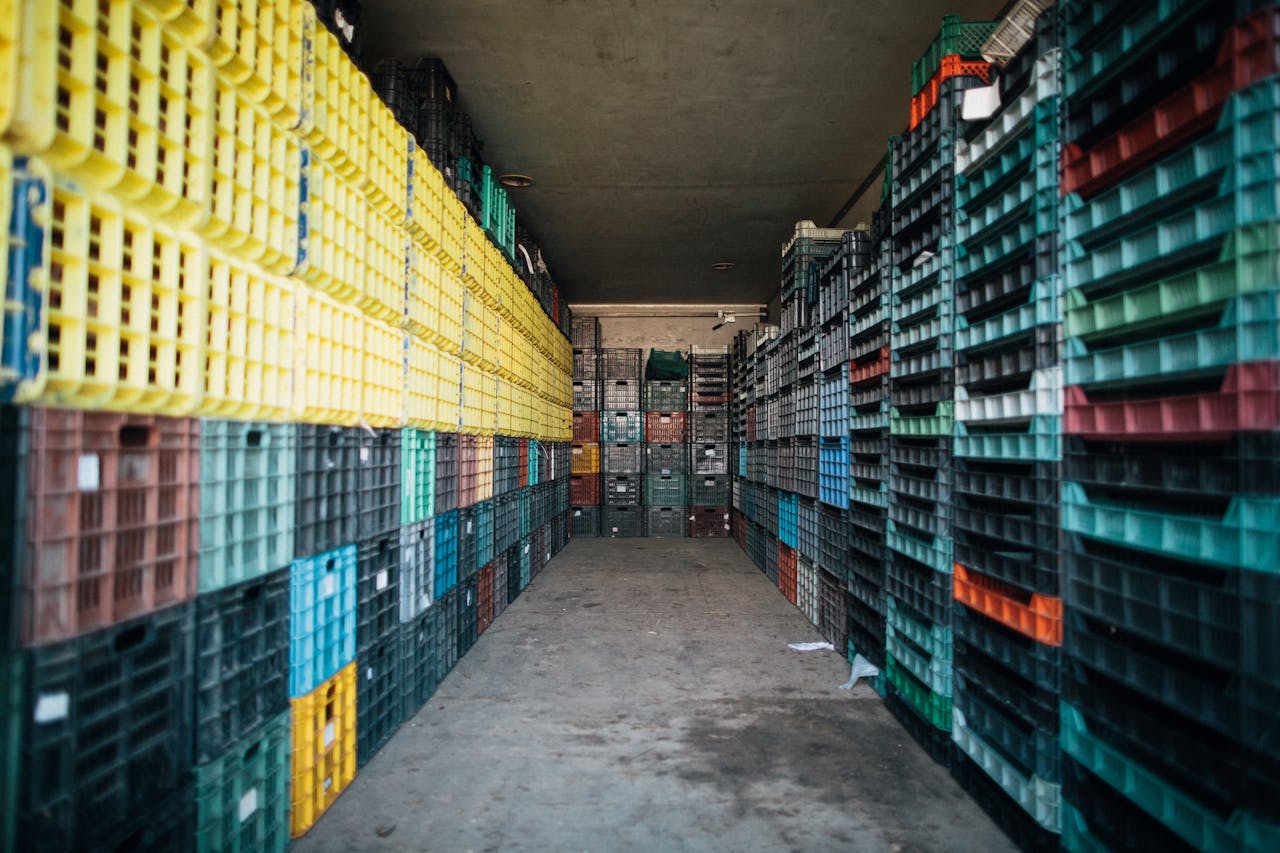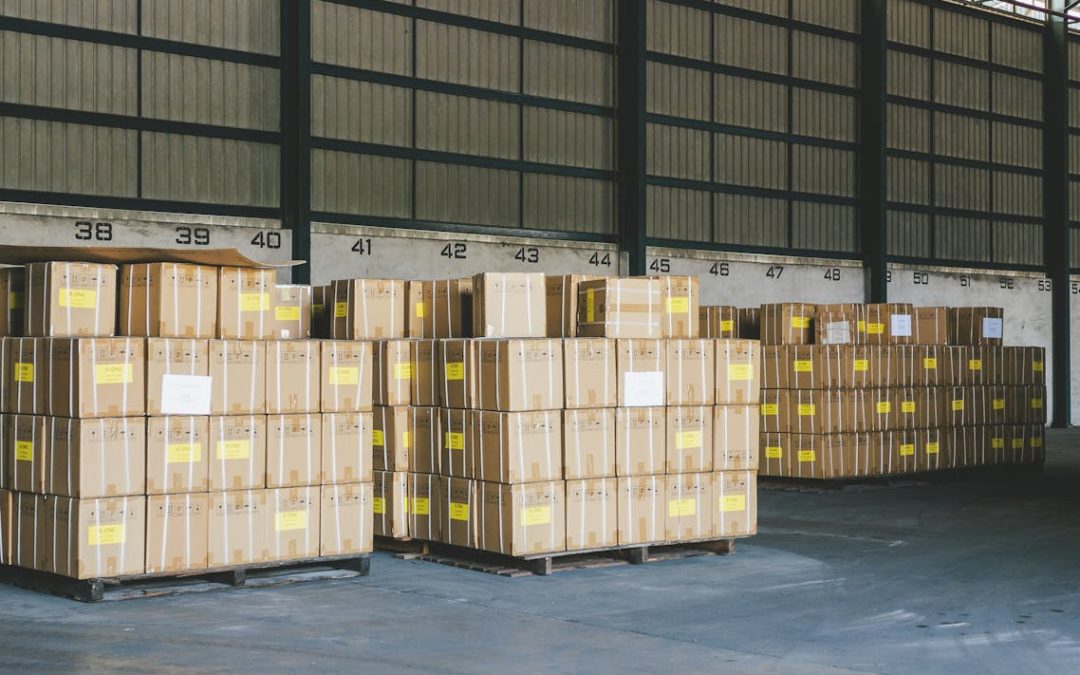Logistics is no longer just about speed and efficiency.
Shipping solutions must also nod towards reducing carbon emissions and protecting the planet, which means shipping businesses must embrace innovation to create a greener supply chain.
Read on for tips for sustainable shipping.
The Green Revolution in Freight Forwarding
We know what’s happening to our planet. People want to feel better about their choices and are actively doing more to reduce their impact on the environment.
There has been a boom in eco-conscious businesses, from green loo rolls to electric cars and from environmentally friendly deodorant to planet-protecting tech.
Shipping companies are also looking for ways to reduce their impact on the environment, both to appease their customers and to do their part to save the planet.
Environmental And Social Factors
Whilst customers used to look for the cheapest way to ship, there’s now a move towards more sustainable approaches. Here are some of the factors that influence buying decisions.
1. Environmental Concerns
Awareness of climate change has increased, leading people and businesses to ship green, or ethically source their shipping solution providers to minimise emissions and reduce pollution.
2. Conservation
Keeping our seas clean and our forests thriving means reducing our reliance on fossil fuels and finding eco-friendly freight solutions.
3. Purchasing Decision Impact
Consumers and businesses are more likely to choose eco-friendly freight forwarders because they align with a commitment to ethical consumption.
4. CSR
Consumers expect businesses to demonstrate their commitment to green shipping. A business that cares holds an enhanced reputation.
These factors mean more and more freight forwarders are being brought on board to meet the eco-friendly freight needs of clients worldwide.
Businesses reap several benefits by partnering with a freight forwarder committed to sustainability, including:
- Reduced environmental impact.
- Improved brand reputation.
- A new eco-conscious customer pool
- A future-proofed supply chain.
After all, zero-emission shipping will become necessary in the future, so making changes now will put shipping businesses in a better position as that time approaches.
Why Eco-Friendly Freight Forwarding Matters
If you only need two statistics to explain why eco-friendly freight forwarding is important, it’s these…
- The transportation of global goods, including emissions from warehouses and ports, makes up over 20% of the world’s black carbon.
- 3 billion trees (yep, you read that right) are chopped down and turned into paper packaging annually.
Shipping and logistics activity is simply not sustainable, and drastic action is the only way forward.
Changing the way we ship goods around the world for greener alternatives will:
- Combat climate change, safeguard human health and transition us to a sustainable future.
- Protect the oceans, maintain oxygen levels and support economic activities.
- Minimise pollution, protect human health and safeguard water sources.
- Reduce landfill waste, limit habitat destruction and conserve resources.
But how do you engage in eco-friendly freight forwarding? Let’s find out.
Eco-Friendly Practices: Tips For Sustainable Shipping
When we talk about sustainable shipping, we mean shipping practices that are viable to continue using in support of protecting the planet.
The shipping industry must evolve into something far more sustainable in order to continue as it is.
It’s going to take collaboration; no one part of the process will make a big enough impact, but collectively, we can make a huge difference. And that difference? Standardised, eco-friendly practices end-to-end with sustainable choices throughout a supply chain.
That’s where we’re headed. That’s the destination. But what can we do in the meantime on the journey to eco-friendly freight forwarding?
There are four key areas shipping businesses can improve upon to reduce their carbon footprint.
Packaging
Packaging is a key factor in shipping, keeping items safe from damage in transit so that they arrive in perfect condition.
Unfortunately, many packaging resources are plastic-based or come with a big carbon footprint. Using greener resources means a huge reduction in waste, and is a straightforward change businesses can make to begin shipping sustainably.
Here are some products you can rely on to bring down your carbon footprint.
- Recycled cardboard.
- Recycled plastic pallets. We know what you’re thinking – plastic?! It might sound counterintuitive, but plastic pallets are waterproof, incredibly robust, and 100% recyclable. This means you can use the same pallet over and over and then get it made into a new one when its life comes to an end.
- Mushroom packaging. This is a biodegradable, cost-effective and completely natural alternative to packaging made from fossil fuels.
- Seaweed packaging. Another eco-packaging product that helps businesses ship greener.
- Hivewrap. An alternative to plastic-based bubble wrap, Hivewrap is a recyclable, biodegradable paper wrap.

Road, Rail, Sea or Air?
When selecting the most suitable transport mode for your freight, prioritising the environment becomes increasingly important. So, which mode best suits eco-friendly freight forwarding?
1. Sea Freight
Sea freight is an environmental champion. It has the lowest carbon footprint per unit of cargo transported. Large ships achieve fuel efficiency when carrying massive loads, making them ideal for eco-friendly bulk shipments over long distances.
Considerations
Sea freight is the slowest way of getting cargo to its destination. Shipments are also subject to route limitations and complex customs procedures, which require additional planning.
2. Rail Freight
Though it’s not quite up there with sea freight, rail freight offers businesses an eco-friendly alternative with a significantly lower carbon footprint compared to road freight. It is most efficient for long distances and large volumes.
Considerations
Rail freight is quicker than sea freight but takes much longer than air freight. There is also limited flexibility due to established rail networks, and remote areas may not be easily accessible.
3. Road Freight
Road freight has the highest carbon footprint on this list. There’s no two ways about it: it’s a huge environmental drawback.
Considerations
The move to electric vehicles means some fleets are far more eco-friendly than others, and we’re expecting this to increase.
4. Air Freight
It might be fast, making it necessary for time-sensitive cargo, but air freight is the least eco-friendly freight option out there.
It has the highest carbon footprint per unit of cargo transported, emitting tons of cargo per journey. Air freight emissions have been increasing over the years in response to a significant growth in global trade and a high demand for speed.
Carbon Offsetting
Businesses that carbon offset their shipments compensate for their CO2 emissions by investing in projects which reduce or remove the same amount of carbon from the atmosphere. The practice allows businesses to take responsibility for the impact their actions have on the planet.
Carbon offsetting is a huge part of sustainable shipping, so we created a user-friendly calculator to help our customers begin their green freight journey. You can learn more about carbon offsetting and calculate the footprint of your shipments here.
Sustainable Shipping Starts At Home
Eco-friendly freight practices are easy to implement for most businesses, and the sooner, the better.
We need to work together to move towards a greener, more sustainable way of transporting goods around the globe. We all need to do our part.
Confused about what you can do to ship more sustainably? Interested in Millennium’s involvement with carbon offsetting projects? Get in touch here.

